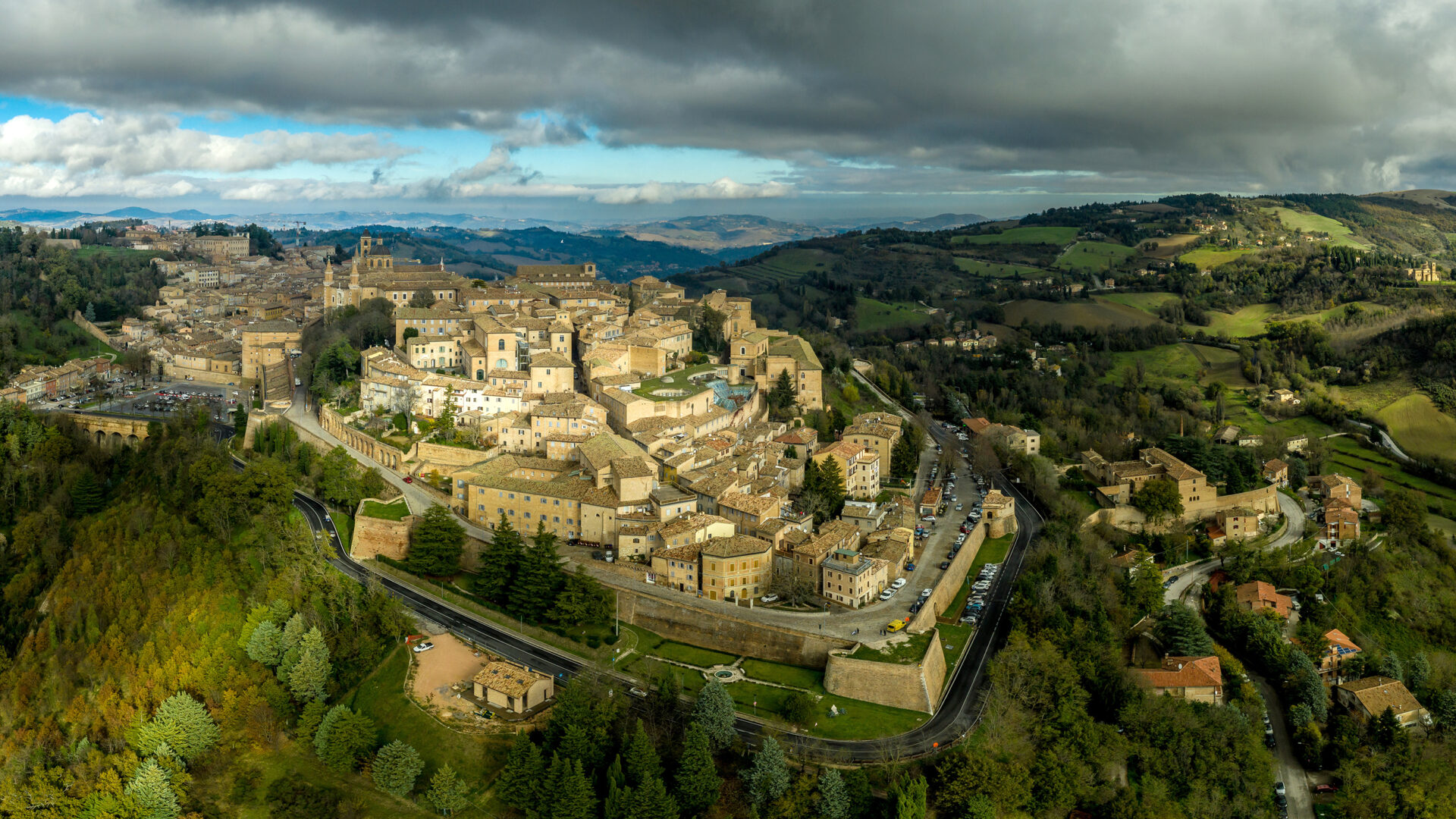Augsburg’s total population at the height of Fugger power probably never exceeded 20,000. One set of estimates for the fourteenth century puts the population of Venice, Florence, and Paris in the vicinity of 100,000 each; that of Genoa, Milan, Barcelona, and London at about 50,000; and that of the biggest Hanseatic and Flemish towns between 20,000 and 40,000. Most Europeans still lived in the countryside.
The urban minority, however, was beginning to bring important changes to the life of the rural majority. Merchants often invested their wealth in farm properties; nobles who acquired interests in towns usually retained their country estates; and peasants often moved to town as workmen or became artisans on the farm.
Town governments sometimes improved adjacent farmland on the pattern established by the medieval communes of Milan and Siena, which had drained nearby marshes to increase the amount of cultivable land in order to assure a more dependable food supply. But individuals, whether of town or country, were being drawn together into wider communities by the changes in economic, social, and political organization.
The development of a money economy greatly altered the agrarian institutions of the West. Money became important for the exchange of surpluses. Many manors could specialize in a single crop, like grain or wool, olives or grapes, and therefore could purchase items they no longer produced. The lords of these one-crop manors became capitalists on a modest scale. The more enterprising demanded that their peasants pay rent in money rather than in commodities or work.
The sheep- raising capitalists of sixteenth-century England won the right of enclosure—fencing off for their flocks common lands where peasants had traditionally pastured their own livestock. In Spain the Mesta secured rights to vast tracts of pasture. Urban businessmen wanted property in a form that they could readily buy and sell, free from the restrictions of feudal tenure; they wanted laborers they could hire and fire, free from the restrictions of serfdom. All these desires, together with the labor shortage and peasant unrest created by the Black Death, spelled the end of serfdom.
Thus, at the heart of economic and social relationships, the cash network of the capitalist was beginning to replace the medieval complex of caste and service. The ordinary person probably earned more by becoming a wage-earning worker or rent-paying tenant farmer instead of a serf. Yet something was also lost—the tenuous security, inherited job, the right to certain lands. In towns and cities pressures also mounted, as the guilds became more exclusive and the separation between wealthy master and ordinary worker widened.
One important political result of these economic changes was the expanded role of the business class, the bourgeoisie. Sometimes the bourgeois themselves ruled; sometimes they provided monarchs with money or professional skills to further dynastic and national interests. The bourgeois were beginning to invade the church’s near- monopoly of the support of culture; they were generally patrons of art and learning and financed public monuments. The palace or library challenged the monastery or the university as a center of scholarship. By the late fifteenth century the intellectual life of Florence revolved around the Platonic Academy subsidized by Lorenzo the Magnificent.
Though a time of profound economic transformation, the Renaissance was not a period of economic boom. A variety of factors induced periodic depressions. Commercialization was diffused unevenly, while agriculture went through phases of dynamism and of inertia. International trade patterns disrupted traditional economies, plunging some societies into debt while others prospered. Overall prosperity increased but by no means uniformly or consistently.

